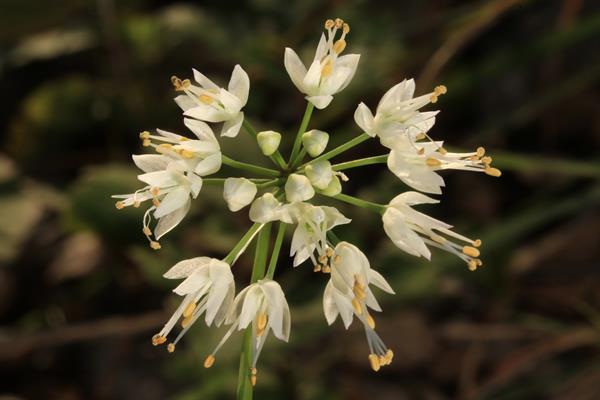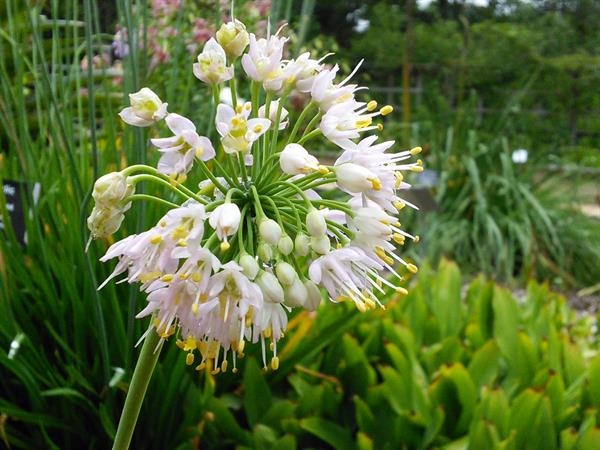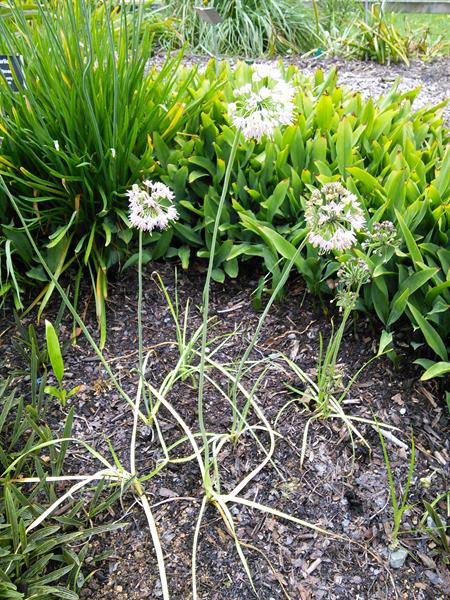
Origin/Endemic status: Native
Taxonomy Comments: See discussion of Allium oxyphilum.
Synonymy: = K3, K4, S, S13, Va; < Allium cernuum Roth – C, F, FNA26, G, Il, Mi, Mo1, NY, Pa, RAB, Tat, Tx, W; > Allium cernuum Roth var. cernuum – K1
Wetland Indicator Status:
- Atlantic and Gulf Coastal Plain: FACU
- Eastern Mountains and Piedmont: FACU (taxonomic split from wetland indicator species)
- Great Plains: UPL (taxonomic split from wetland indicator species)
- Midwest: FACU (taxonomic split from wetland indicator species)
- Northcentral & Northeast: FACU (taxonomic split from wetland indicator species)
Heliophily: 8
Hover over a shape, letter, icon, or arrow on the map for definition or see the legend.
 © Alan M. Cressler | Original Image ⭷
© Alan M. Cressler | Original Image ⭷ © Grant Morrow Parkins | Original Image ⭷
© Grant Morrow Parkins | Original Image ⭷ © Grant Morrow Parkins | Original Image ⭷
© Grant Morrow Parkins | Original Image ⭷Feedback
See something wrong or missing on about Allium cernuum? Let us know here: (Please include your name and email if at all complicated so we can clarify if needed.)
Cite as...